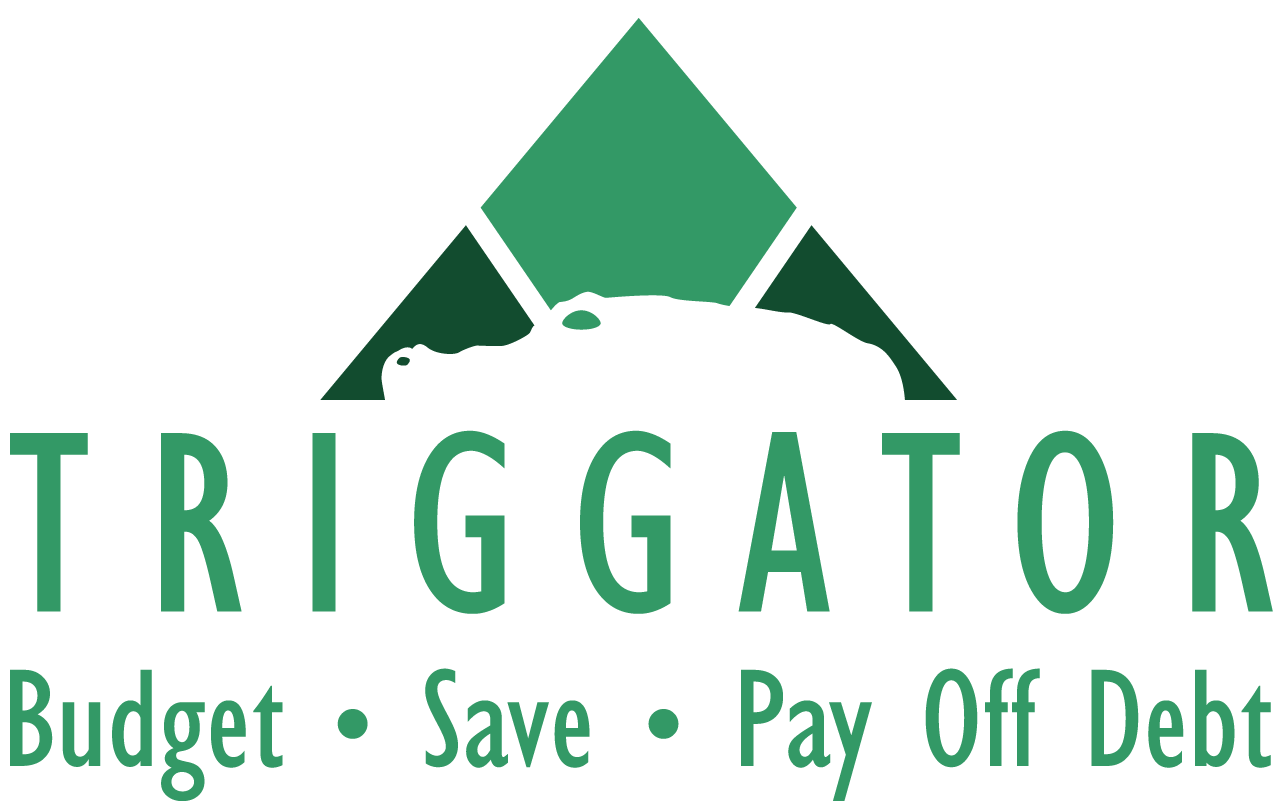Are you tired of the burden of debt tying you down?
Imagine the relief from paying it off … not to much the extra money you’d have. It’d be like getting a raise if you didn’t have all those payments.
Let’s talk about ways you can get rid of those debts fast. We love the debt snowball method.
More...
Step 1: Build a Savings
Before you get going on your debt, you will need some savings in place.
This savings account will be used to avoid continued use of credit card or retail accounts. Clearly if you want to get out of debt you need to stop relying on credit cards to save you.
It’s simple … you won’t pay off debt if you continue to add to the credit card balance.
The solution is to set aside money so you can use your savings for anything that comes up while you are attacking your debt.
You’ll want to have an emergency fund as well as enough money to cover non-monthly expenses such as membership fees, upcoming birthdays, etc.
Step 2: Create a Budget
If you haven’t already, you will need to create your budget. You can learn more about building a budget in this article.
It’s important to know how much you have coming in and going out so you know how much extra money you have after regular expenses to put toward paying off debt.
Step 3: Trim Some Excess Spending
After you have your budget in place, check to see if there is any area where you are overspending.
Can you cut back on groceries or eating out?
Could you temporarily cut out TV services or reduce your bill for your mobile phone?
Look for areas where you can come up with extra money that you can use to pay off your debt. The more you can come up with, the faster you’ll get rid of your debt.
Step 4: Know Your Debts
Gather statements or write down all the payments you owe. (Everything but your house.)
How much is the total balance?
What is the interest rate for each debt?
How much is your minimum monthly payment?
Minimum payments won’t pay your debt off fast, but that’s where you will start. Later, we will show you how to speed up the payoff process.
Step 5: List Debts from Lowest to Highest Balance
Once you have all your debts listed out, put them in order from lowest balance to highest balance.
You will be paying off the lowest balance first.
There is debate on whether paying lowest balance or highest interest first is better. It may possibly save you interest by paying off the highest interest first, but it depends on your debts.
Some high interest accounts also carry a large balance and may take years to pay off.
In this case, paying the lowest balance off will give you a quick win, motivation, and more money to pay off the next debt in line.
Example Debt Balances:
Credit Card A - $250
Credit Card B - $2,000
Car - $11,500
Student Loan - $25,400

Step 6: Start Paying Off the Lowest Balance First
With your savings in place, your budget in order and your debts organized, you are ready to start chopping away.
Pay minimum payments on all debts except for the lowest balance debt.
Pay as much as you can on the lowest balance debt. Use the extra money you came up with when you trimmed excess spending out of your budget and put it all toward this debt.
This extra money will be your snowball payment. Each time you pay off a debt the snowball payment will grow.
Example Minimum Payments
Credit Card A - $25
Credit Card B - $50
Car $330
Student Loan - $475
Payments with Debt Snowball
Let’s say you can pay $225 extra each month toward debt. You’ll notice that this allows you to immediately pay of the first credit card.
Month 1
Credit Card A - $250 ($25 minimum payment + $225 snowball payment)
Credit Card B - $50
Car $330
Student Loan - $475
Month 2
Now you can use all the money from Credit Card A to put toward Credit Card B.
Credit Card A - $0
Credit Card B - $300 ($50 minimum payment + $250 snowball payment after paying off Credit Card A)
Car $330
Student Loan - $475
You will be able to pay off Credit Card B in a few months instead of a few years. (Compared to minimum payments only)

Month 10
Now you can use all the money from Credit Card A and B to put toward the Car.
Credit Card A - $0
Credit Card B - $0
Car $630 ($330 minimum payment + $300 snowball payment after paying off Credit Card B)
Student Loan - $475
This will in turn save you years in paying off both the car and the student loan in this scenario.
Another thing to consider is how much money you will free up after you are done paying off debt.
In this example the minimum payments totaled $880. With the debt paid off you just freed up $880 a month in your budget.
You also get back your extra $225 of extra money you’ve been paying toward debt.
That increases your monthly income by over $1,000! That’s a huge raise! Not to mention all the interest you saved yourself by paying off early.
How much will you save each month if you pay of your debt. How much are you willing to do to get that money back in your pocket?
Triggator Can Help
If you are interested in a tool that will help you build a budget and include the debt snowball in your budget, try Triggator free for 30 days.
Not only can you track your budget, but you can see how much time and money you will save using our powerful debt payoff calculator.

